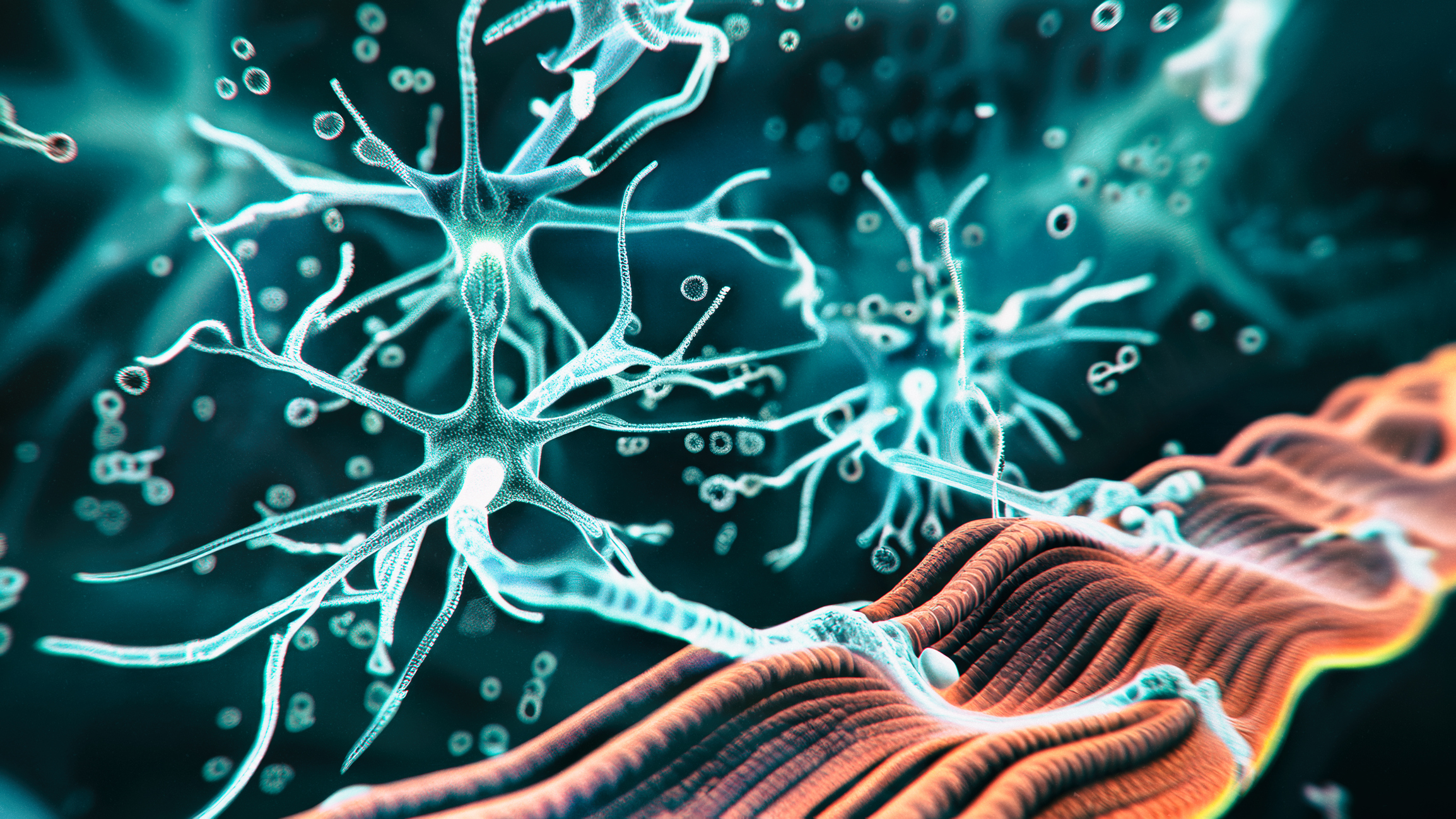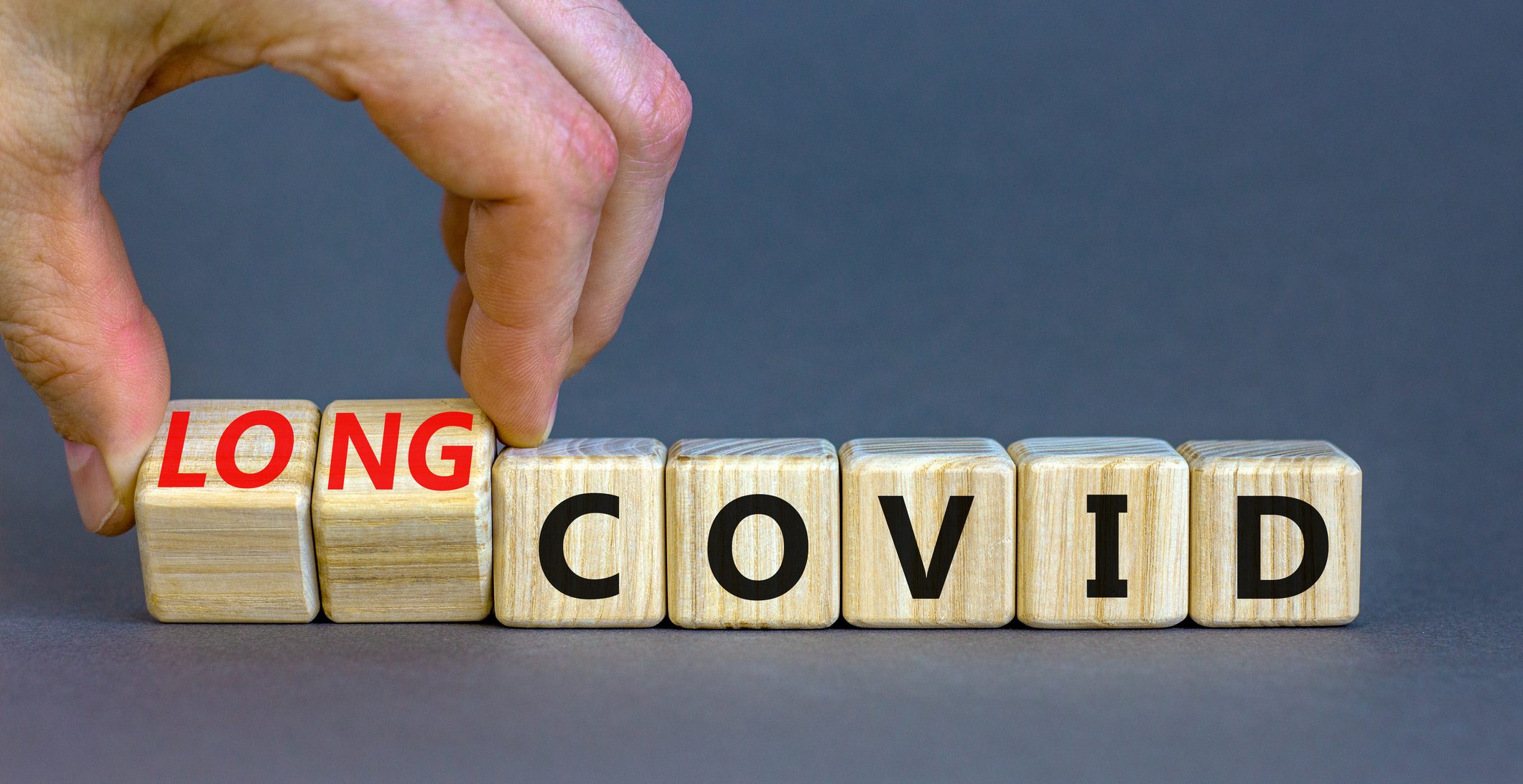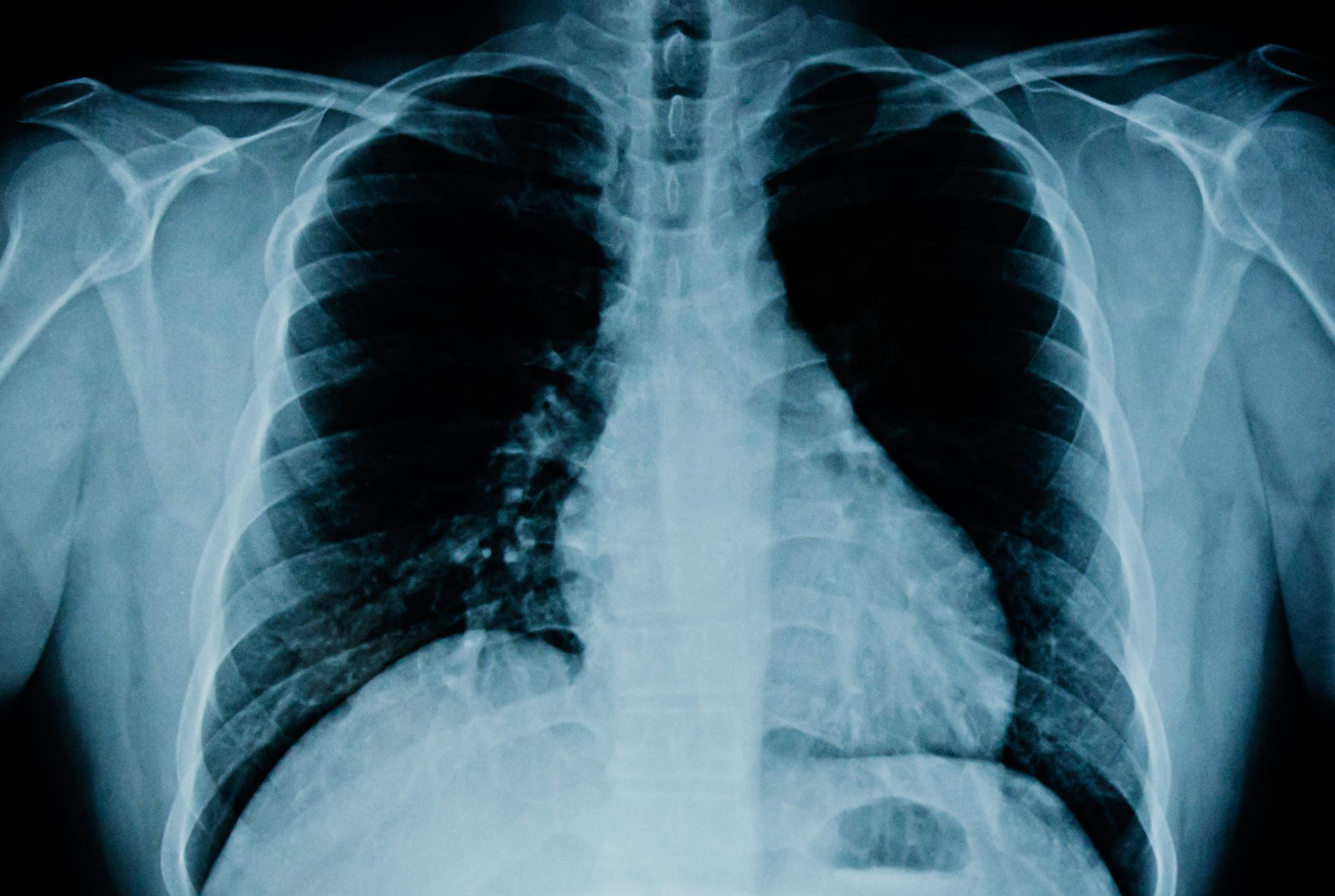Interventions such as Attempted Suicide Brief Intervention (ASSIP) can significantly reduce suicide risk. Outpatient treatment can avoid the environment of an acute psychiatric ward, which is often perceived as stressful, but less relief is provided to family members. For treatment-resistant depression, ketamine, a drug with good antisuicidal effects, is available as an add-on treatment. The current pandemic situation presents a particular challenge. Possible support measures in this context include telemedicine and adapted group activities.
Especially this year, it is worth paying special attention to mental health. We present psychiatric, psychotherapeutic, and psychopharmacological innovations, and at the end of the article we briefly report on special features brought by the COVID-19 pandemic.
“Attempted Suicide Brief Intervention” (ASSIP).
In addition to mental illnesses, especially depression and schizophrenia, which can be accompanied by hopelessness and despair and even an urgent desire to die, a significant risk factor for suicidality is a previous suicide attempt within the last year. In addition to the nature of a previous suicide attempt, the availability of suicide means and preparatory acts play a major role in risk assessment. Statistically, the risk for another suicide attempt is greatest 30 days after discharge from inpatient treatment.
Psychiatric clinics (e.g. in Bern, Zurich, Solothurn) offer a special concept for patients who have survived a suicide attempt to work through and prevent further suicide attempts . Trained therapists work with patients in a defined setting. Structured conversations take place that are videotaped.
Intensive brief therapy of three sessions is complemented by a sustained, personalized letter contact program over two years. The offer is not intended to replace psychotherapeutic treatment, but to provide an additional benefit. How: In the first appointment there is a conversation about the background of the suicide attempt, this is recorded on video. In the subsequent, second appointment, the recorded interview is viewed together with the patient and regularly interrupted for reflections and additional information. Subsequently, the patterns and processes that precede a suicidal crisis are clarified and possible preventive behavioral measures are developed. These are recorded in writing for the attention of the client. The preventive strategies developed are then practiced in a further, optional session. This will be followed by letter contact for at least two years: every 3 months in the first year, every 6 months in the second year.
The intervention described above, or ASSIP , can significantly reduce suicide risk. As part of a study, the University of Bern accompanied patients after a suicide attempt, some of whom perceived the novel intervention. Based on the data collected, there is an 80% reduction in the risk of further suicide attempts within the first 24 months compared to treatment as usual.
Home Treatment
Under the heading of integrative care models, the following arise from time to time attractive, innovative treatment methods. In Basel, Bern, Lausanne, Ticino, Zurich, Lucerne and Aargau, and possibly in the foreseeable future also in the canton of Baselland and in St. Gallen, patients undergoing psychiatric treatment have the option of weighing inpatient treatment against treatment at home by means of outreach, qualified and multimodal therapy. In this case, doctors, psychologists, nurses and specialist therapists provide close-meshed treatment at home. The option is not indicated for dependence disorders (if dependence is the primary concern) and acute suicidality in the absence of the ability to talk things through.
The advantages for all other patients are obvious: treatment in a familiar environment bypasses the environment of an acute psychiatric ward, which is often perceived as stressful. The social environment is closely involved, and treatment is strongly resource-oriented. However, there is less relief for family members than when a mentally ill family member is cared for in a clinic. Also, certain specialty therapies cannot be offered -outside the clinics. The mentioned offers are well accepted, but there are still few studies to objectify the effectiveness and possible weaknesses of the treatment at home.
Personalized medicine: ABCB1 test and other methods
Not every attempt to treat a moderate or major depressive episode with medication leads to the desired result. A genetic test will be used to estimate the concentration of active ingredients of certain psychotropic drugs in the brain. This represents a step towards personalized medicine. Various approaches to planning targeted pharmacotherapy are being pursued. The ABCB1 gene encodes a “guardian molecule” (P-glycoprotein, abbreviated P-gp) of the blood-brain barrier. Depending on the genotype identified, different strategies are recommended in terms of pharmacotherapy. For two of four allele combinations, escalation, i.e., increasing the dose even beyond the maximum recommended dose, is recommended; for the remaining two, escalation is not recommended. Many antidepressants, e.g. the SSRI paroxetine, sertraline, vortioxetine, citalopram and escitalopram, the SNRI venlafaxine, the tricyclics amitriptyline as well as amitriptyline oxide, nortriptyline, trimipramine and furthermore levomilnacipran, vilazodone, even hypericum (St. John’s wort) are P-gp substrates. Non-substrates of the P-glycoprotein are fluoxetine, mirtazapine, agomelatine, and bupropion. However, the study situation is still unclear regarding the concrete benefit of the ABCB1 test – it is recommended in the treatment recommendations of the SGAD, but not in the German S3 guidelines. Most health insurance companies do not cover the costs of about 248 CHF.
Furthermore, tests are available to assess hepatic enzymatic activity: Cytochrome P450 assays (e.g. CYP2D6 and CYP2C19) are used to assess drug degradation (slow or fast metabolization). Their informative value is limited, and the study situation is still unsatisfactory.
In clinical practice, a positive onset of action of an antidepressant can most likely be assumed when the following criteria are met:
A. previous effectiveness and/or
B. Response to therapy within the first week (taking a dose considered effective).
Furthermore, it seems advisable to quickly initiate a serum level determination in case of lack of efficacy or doubts regarding adherence.
Ketamine as a treatment option for treatment-resistant depression.
Ketamine, a drug well known from anesthesia, is available for add-on treatment of refractory unipolar and bipolar depression with good antisuicidal effects. It has a different mechanism of action than current antidepressants, namely a blockade of the NMDA (glutamate) receptor. However, the molecular effect of ketamine is not limited to this; changes in the GABAergic, dopaminergic, and second messenger systems are assumed. The improvement of neuroplasticity is considered essential for the desired effect. Thus, patients may again benefit from psychotherapy and overcome the typical cognitive bias. In the treatment also described as “disruptive pharmacotherapy,” subanesthetic doses are administered intravenously 1-2× per week. Typically, a total of six infusions are scheduled. In combination with benzodiazepines, efficacy is reduced. Side effects may include dissociation, dizziness, nausea, vomiting, and blood pressure elevation. The treatment is not indicated for acute psychotic symptoms, addiction disorders with mixed consumption, cardiac diseases and increased intraocular pressure as well as dementia.
Since February 2020, S-ketamine nasal spray from Janssen (Spravato®) has also been approved in Switzerland for the add-on treatment of treatment-resistant depression. Psychiatrists provide the indication and must obtain a cost approval before treatment begins.
Stress-related pain disorders
It is not only in the USA that the trend known as the “opioid crisis” of using opioids in large quantities for questionable indications with a consequent rapid increase in the number of addictive diseases and all their complications is a social issue. Fentanyl, hydromorphone, morphine, methadone, oxycodone, and pethidine are also prescribed in high volumes in Switzerland. Prescriptions increased 23-fold between 1985 and 2015, from 18 to 421 mg per resident per year. The figures are thus 1.4 times higher than the European average, and we are sadly ranked at No. 7 worldwide. The recommendation continues to be that opioids should not be used for chronic pain, except in cancer . In particular, it is important to emphasize that opioids are not expected to be effective for psychosomatic complaints and somatoform pain disorders .
Pain disorders with a possible stress-induced genesis include fibromyalgia syndrome, tension headaches, somatoform pain disorders, bruxism or craniomandibular dysfunction, and non-radicular back pain (often in the cervical and lumbar regions). Pain processing in the brain is influenced by the “stress processing system”. A malfunction of one system can therefore affect the other. Chronic stress, e.g. due to current living conditions or early traumatization, not infrequently paves the way into chronic pain.
If somatization is suspected, careful exploration of anxiety is worthwhile. An anxious basic personality, hyperarousal, and intrusions/flashbacks indicate increased vulnerability in this regard. Furthermore, a clarification of the extent of perfectionism, (professional) overactivity and performance orientation may be useful. The trusted physician can conduct a careful exploration of developmental conditions in childhood and adolescence, not only in terms of psychological traumatization, but also in terms of emotional neglect and early exclusion, as well as early medically induced pain experiences.
In the psychotherapeutic setting, clarification of adaptive or maladaptive coping strategies and clarification of attachment typology take place. Specialized units for the treatment of chronic pain offer psychoeducation, relaxation techniques, group psychotherapies and individual counseling, as well as somatic care, physical therapy and sports, treatment of sleep disorders, and social counseling and work (re)integration. Passive regenerative therapies such as massage are not considered to be effective. Stress testing under biofeedback derivation (revealing muscle tension, measuring heart rate variability and skin conduction resistance) can be useful as objectifying psychophysiological markers with respect to stress vulnerability and aid in understanding disease. Admissions to specialty care units typically occur after registration and a preliminary interview.
New atypical antipsychotics
(Relatively) new in the class of atypical oral antipsychotics are brexpiprazole (Rexulti®) and cariprazine (Reagila®). been approved in Switzerland. Indication for both drugs is schizophrenia in adults. In terms of receptor profile, brexpiprazole has a binding affinity similar to that of aripiprazole. The favorable side effect profile (with little activation, little sedation, and little weight gain) may be an advantage. It has a long HWZ (90 hrs). The target dose is 2- 4 mg per day.
Cariprazine, which also has good tolerability, is particularly useful for treating negative symptoms in schizophrenia. It is also approved in the U.S. for the treatment of manic symptoms. It is a partial agonist at dopamine D2 as well as (even 10-fold stronger) D3 receptors with preferential binding to the latter. The HWZ is 50-100 hours, and the maximum dose is 6 mg per day.
Asenapine (Sycrest®) is another newer atypical oral neuroleptic available for the treatment of acute, moderate, and severe manic episode of bipolar I disorder in adults. Side effects may occur in the form of anxiety and somnolence. No data on phase prophylaxis are yet available. In most cases, the treatment of acute mania is complex and can be lengthy, usually requiring inpatient treatment.
Burnout in ICD 11
The ICD-11 (effective date is January 2022) defines burnout in “Chapter 24: Factors Affecting Health or Use of Health Services/Problems Associated with Work or Unemployment” as follows: [QD85 (qualifying diagnosis)] “Burnout is a syndrome caused by chronic stress in the workplace that has not been successfully managed.” Symptoms include
A. the feeling of loss of energy and exhaustion with simultaneous
B. Increasing mental distance from work or feelings of negativism or cynicism about work, leading to
C. reduced occupational performance.
Burnout refers specifically to phenomena in the work context and should not be applied to experiences in other areas of life. The ICD-11 thus refers to the “Burnout definition according to Maslach & Jackson” from 1981 [7]. As before, burnout is not formally a principal psychiatric diagnosis. However, it is sometimes easier for affected people to use the term burnout than other diagnoses, such as depression or personality accentuation, and then seek appropriate help.
Mental health during the pandemic
WHO wrote earlier this year, “As the coronavirus pandemic spreads rapidly around the world, it is generating significant levels of fear, concern and anxiety among the general population and particularly among certain groups such as the elderly, caregivers, and those with pre-existing conditions. In terms of population mental health, increased rates of stress or anxiety are currently the predominant psychological impact. But with the introduction of certain measures and their attendant effects-particularly quarantine and its impact on people’s usual activities, routines, or livelihoods-increased rates of loneliness, depression, harmful alcohol and drug use, and self-harming or suicidal behavior can also be expected.” An increase in domestic violence is feared. Children also suffer from the novel everyday conditions, sometimes unable to categorize the worries they perceive in their surroundings. Isolation and loneliness are risk factors for the later development of mental illness. In the case of pre-existing social anxiety, but also in the case of obsessive-compulsive disorders, difficulties arise because behaviors that were previously considered avoidance behaviors suddenly not only make sense, but become mandatory. In order not to lose orientation in the current, still unfamiliar situation, creativity is needed in the creation of new support measures. Telemedicine and adapted group activities as well as early interventions in case of indications of danger for physical and mental integrity offer support.
Take-Home Messages
- Interventions such as ASSIP can significantly reduce suicide risk.
- Treatment in the home environment bypasses the environment of an acute psychiatric ward, which is often perceived as stressful, but relieves less of the burden on relatives.
- For treatment-resistant depression, ketamine is a well-established drug available for add-on treatment with good antisuicidal effects.
- In order not to lose orientation in the current pandemic situation, creativity is needed in the creation of new support measures. Telehealth and adapted group activities and early interventions provide support.
Further reading:
- Gysin-Maillart A, et al: A Novel Brief Therapy for Patients Who Attempt Suicide: A 24-months follow-up randomized controlled study of the Attempted Suicide Brief Intervention Program (ASSIP). PLoS Med 2016 Mar 1; 13(3).
- Stulz N, et al: Home treatment for acute mental healthcare: randomised controlled trial. Br J Psychiatry 2019 Mar 13: 1-8.
- Bozymski KM, Crouse EL, Titus-Lay EN, et al: Esketamine: A Novel Option for Treatment-Resistant Depression. Ann Pharmacother 2020 Jun; 54(6): 567-576.
- Ruchat D, et al: Consommation d’opioïdes entre 1985 et 2015: chiffres suisses et mise en perspective internationale. Rev Med Suisse 2018; 14: 1262-1266.
- ICD-11 for Mortality and Morbidity Statistics, Version 09/2020.
- Loades ME, Chatburn E, Higson-Sweeney N, et al: Rapid Systematic Review: The Impact of Social Isolation and Loneliness on the Mental Health of Children and Adolescents in the Context of COVID-19. J Am Acad Child Adolesc Psychiatry 2020; S0890-8567(20)30337-3.
- Maslach C, Jackson SE: The measurement of experienced burnout. Journal of Organizational Behavior 1981; doi: 10.1002/job.4030020205.
HAUSARZT PRAXIS 2020; 15(12): 4-7












